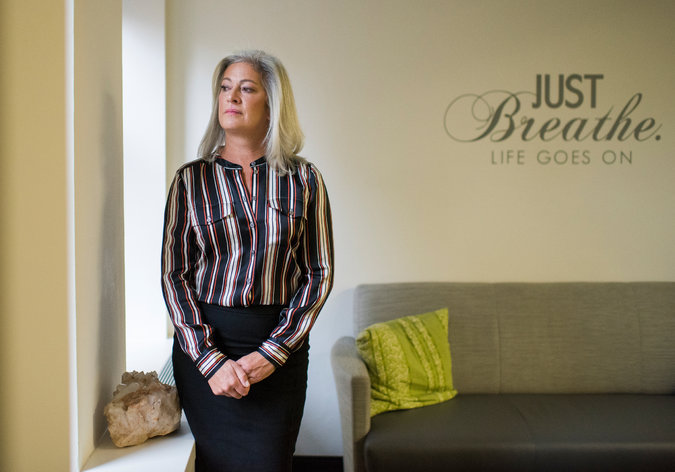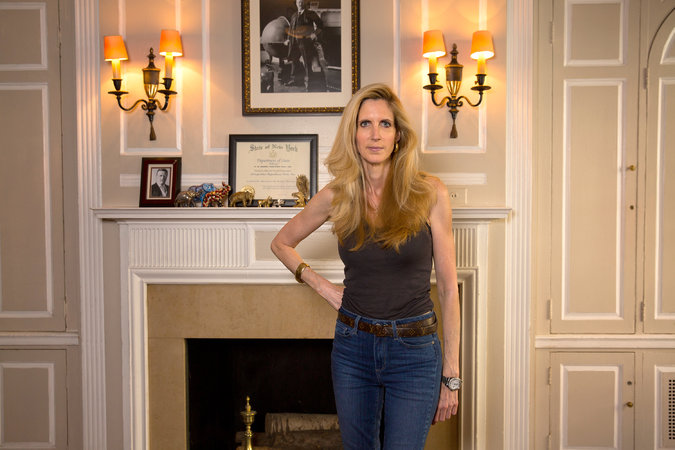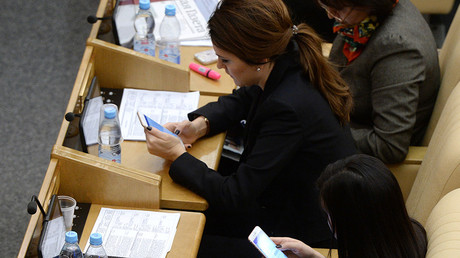This is an exercise that most people could benefit from. So here are the steps I took and the obstacles I encountered along the way.
PEDIATRICIAN This was an excuse to catch up with Dr. Frederick M. Cahan, “Uncle Fred” to me as I was growing up. He’s a family friend and still plying his trade.
He’s also a self-described hoarder, but he did not have my records. Within minutes, however, he put his hands on those of my twin siblings, who were born in 1976. So if you’re 40 and under, you might call the medical professional who gave you your first talk about “funny” cigarettes.
INSURANCE The biggest mystery I hoped to solve was that of occasional (and still unexplained) elevated liver enzymes. The result showed up in a 2006 life insurance medical screening. At some point after that, I saw a specialist and had an ultrasound, which didn’t show anything alarming.
But who was the doctor? There was nothing in my filing cabinet at home, and my primary care physician had no record of referring me. I was pretty sure that Aetna was my insurance provider at the time. Could it send me copies of every explanation of benefit it had ever produced for me?
Advertisement
Continue reading the main story
The phone representative was encouraging, but first I had to sign a release. I had the choice of faxing it back or dropping it in the mail, and I chose fax. The reply would take weeks.
As soon as I started in with the various fax machines in my office, however, I knew I’d made a mistake. The first didn’t work. The second, a combination copier-fax-scanner, screeched a bit, at which point I remembered the stories I’d read about how they store images and leave users vulnerable to identity theft. That one didn’t seem to work either, so I moved to Machine 3.
The next day, a colleague approached my desk. She handed me 53 copies of the Aetna form, each of which had my Social Security number and date of birth on it. Machine 2 had belched them out, one by one, at some indeterminate point.
DATABASES I also hoped to figure out what drug I took in 2009 that did not agree with me. What was it again? At first, I couldn’t remember the name of the doctor who had prescribed it, so I checked in with two companies that provide reports on people’s prescription records. They sell access to life and other insurance companies, which ask applicants to grant them permission to do a sort of medical background check.
“Wouldn’t it be great if you could gather deeper insights into your applicant’s potential mortality risk?” the website of one of the services, ScriptCheck, cheerily asks insurance companies. It would also be great if consumers could see what ScriptCheck has on them, but the website doesn’t offer any information on how to do so. So here’s the phone number to request a free report: 844-225-8047.
I wasn’t able to get this one right away, but it turns out that I’m destined for disappointment. A spokeswoman for ScriptCheck’s owner, Quest Diagnostics, told me that the outgoing message on the above phone number’s voice mail asks for your insurance company’s name for a reason: ScriptCheck will give you only the prescription data that it gave the insurance company, going back seven years. So a request next week based on a 2013 insurance application will yield information from the application date and before. And my hunt for 2009 data based on my last life insurance application, which was in 2006, would yield nothing.
A ScriptCheck competitor, IntelliScript, moves more quickly and offers information for consumers on its website. Within 24 hours, I got an email response letting me know that the company had no information on me in its files.
According to the FAQ page on its website, no report exists until an insurance company asks for one. IntelliScript would not comment on why it had no information about me. It and ScriptCheck get their information from pharmacy benefit managers, who are legally allowed to pass it on.
I also requested my file from MIB, an organization of insurers, which may contain other data on my medical and insurance history. It, too, takes some time to arrive.
Advertisement
Continue reading the main story
MENTAL HEALTH Intensely curious about what, if anything, your therapist is scribbling down about you? Alas, the federal law that grants you the right to request your medical records specifically gives mental health practitioners permission to withhold their psychotherapy notes.
According to the American Psychological Association, some state regulations may make it easier to get these notes. If you don’t believe that any observations in the file could lead to a psychological setback, ask for the notes and see what happens, keeping in mind that some notes may have been early musings about diagnoses that did not turn out to be accurate.
DOCTORS My encounters with various physicians yielded mixed results, and it didn’t always depend on the age of the records. My primary care doctor was an early adopter of electronic medical records, and I was able to confirm via his website that my last liver test several years ago was normal.
For another physician, who I’ve seen intermittently for back trouble over the years and visited once in the last year, I had to make my records request via fax. The person answering the phone at his office would not let me make my request by email.
This year, I broke a bone in my arm, so I wanted a scan of the initial X-ray. I thought I could show up at the office and scan the image with my phone, but the rules there prevented it. Instead, I have to wait for a full copy of the X-ray, which I don’t actually want.
But at least it was available. No one gave me a hard time for merely making these requests, which is a good thing, since federal law generally requires health practitioners to hand over your records, though they are allowed to charge reasonable copying and mailing fees. Only one of my doctors charged me anything, but it can be costly for people with more extensive records.
My best luck came in the place where I had the lowest expectations. I knew I’d had a round of travel vaccinations in 2005, but I wasn’t sure where, and my filing cabinet turned up nothing but an incomplete vaccination record with no doctor’s name on it. I had a vague sense that the office was in Greenwich Village, so I made a list of travel medicine specialists near there and started dropping in on them.
One looked familiar, and after talking to three people in the office and waiting around for 10 minutes, one of them ushered me to her workstation. My name didn’t turn up in her initial search, but when I told her the approximate dates of the possible visits, she started pulling thumb drives out of the top of her desk drawer. Within a few minutes, she found my file and hit the print button.
Thanks to my hounding and her doggedness, I won’t repeat the hepatitis A vaccine for at least another decade. She was pleased, too. Had the office sent all the records away to a scanning service, I asked? No, she said, she had done it all herself.
Advertisement
Continue reading the main story
How long did that take? “Years,” she said. “Boxes and boxes and boxes.”
Continue reading the main story
Article source: http://www.nytimes.com/2016/10/01/your-money/a-quest-to-gather-all-my-medical-records-in-72-hours.html?partner=rss&emc=rss






